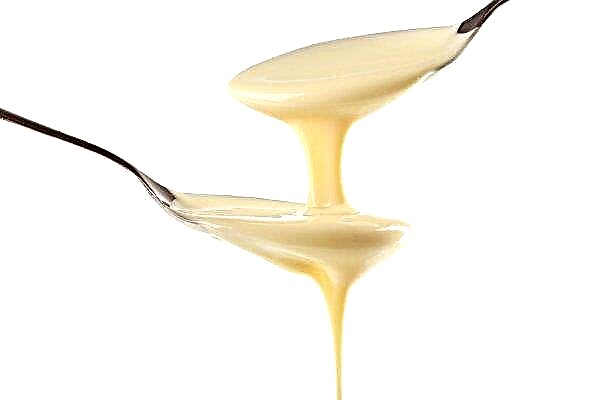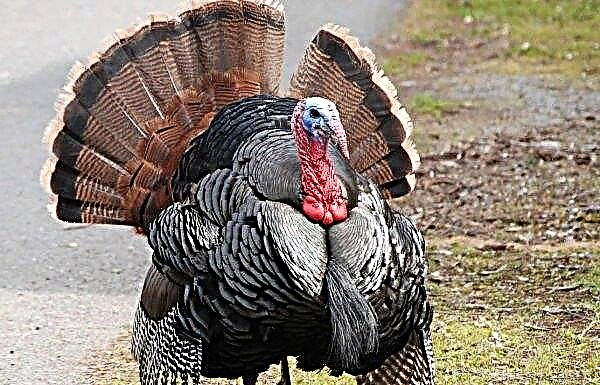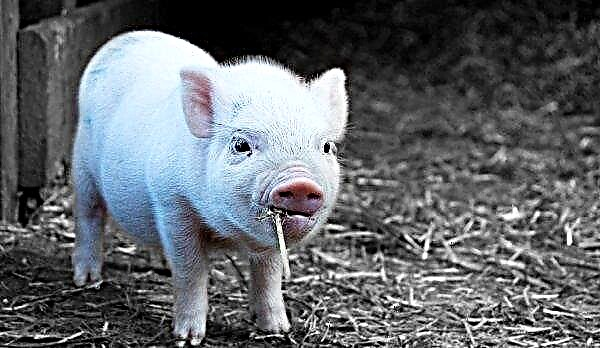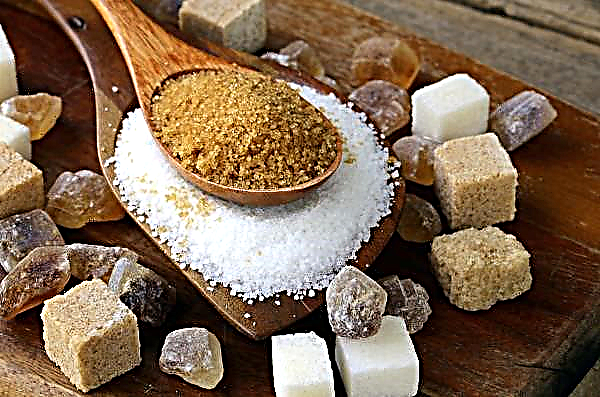Chickens are the most common birds in farms and private farms, so the question of the duration of their life cycle is interesting to many poultry farmers. Of course, each breed has its own standards, but the conditions in which poultry find themselves have a significant impact on the number of years lived.
How much does an average chicken live at home?
In private farmsteads, the life expectancy of birds can depend on various factors:
- created conditions;
- growing goals;
- the wishes of the owners.
In most cases, chickens are allowed under the knife as soon as their productivity decreases, and further maintenance becomes unprofitable. In addition, domestic chickens spend a lot of time walking, where they are threatened by predators, poor weather conditions (rain, hail), which also often leads to the death of birds. In nature, chickens live for about 13-15 years, and it is believed that with proper care this period can be doubled. But in fact, the biological potential of domestic chicken is calculated on average 5-6 years, although some individuals survive even a 10-year milestone and are considered long-livers. In industrial cultivation, where poultry is bred solely for profit, the lifespan of birds is estimated at a maximum of three years for laying hens and 2–4 months for meat breeds.
In nature, chickens live for about 13-15 years, and it is believed that with proper care this period can be doubled. But in fact, the biological potential of domestic chicken is calculated on average 5-6 years, although some individuals survive even a 10-year milestone and are considered long-livers. In industrial cultivation, where poultry is bred solely for profit, the lifespan of birds is estimated at a maximum of three years for laying hens and 2–4 months for meat breeds.
Did you know? The oldest chicken on the planet, officially registered in the Guinness Book, is considered an individual of 14 years of age. However, there are more significant records that are not documented. For example, in Ukraine, in the Poltava region, there is a chicken who is already 17 years old, and at this age she still sometimes lays eggs.
What affects chicken life expectancy
Several factors can be identified that influence the life cycle.
Proper nutrition
This is one of the main factors, as it directly affects the health and productivity of birds. If the chicken is poorly fed, he will not live a year, not to mention some indicators of productivity. A good balanced diet, on the contrary, accelerates the growth of birds and increases productivity. For full growth, young animals need to consume 3 types of feed daily: dry, combined and necessarily moist, which the owner cooks himself. You should also take into account the seasonality of the diet - each season has its own needs, but in any case, feed should include carbohydrates, fats, mineral and vitamin supplements.
For full growth, young animals need to consume 3 types of feed daily: dry, combined and necessarily moist, which the owner cooks himself. You should also take into account the seasonality of the diet - each season has its own needs, but in any case, feed should include carbohydrates, fats, mineral and vitamin supplements.
The basis of the chicken diet (60%) should be beans and cereals: wheat, crushed oats, adults can sprinkle corn. They are given 1 time per day in pure form, 1 time steamed for the preparation of a mash, and a couple of times a week in the form of bran. Very useful products for chickens are processed products: oilcake, meal. After pressing, useful substances in very high concentrations remain in them. For example, in oilseed meal, there is very little fat left, but a lot of crude protein is needed for the chickens to maintain productivity.
Important! Overfeeding chickens and a sharp change in diet leads to a decrease in productivity, so you need to correctly calculate the portions, and gradually introduce seasonal products.
An important place in the diet is given to juicy fodder, consisting of fresh vegetables, root crops, greens. To them you can add the remains of fish, meat or dairy products. Wet feeds are served warm in the winter. In constant access, chickens should have clean water, chalk, a shell.
Conditions of detention
Comfortable conditions are the main factor determining the life span and affecting the health of birds. Domestic chickens are very susceptible to cold, drafts, dampness, lack of light.  In such conditions, they often get sick, and even die. Therefore, a good chicken coop should meet the following requirements:
In such conditions, they often get sick, and even die. Therefore, a good chicken coop should meet the following requirements:
- area for free placement of birds based on at least 1 m² per individual;
- availability of territory for walking;
- artificial lighting (in winter, it must be turned on for 12-14 hours so that egg production does not decrease);
- the ability to maintain a stable temperature in the range of +15 ... + 20 ° C;
- good ventilation system;
- moderate humidity in the room at the level of 50–70%;
- a sufficient number of nests for laying hens;
- several feeders and tanks with fresh water;
- reservoirs with ash and sand - in them, the birds "bathe", thus cleaning themselves and protecting them from parasites;
- litter of hay or straw for the winter.
Did you know? The life span of chickens is negatively affected by noise, including roosters fighting. Therefore, poultry breeders should know that only one rooster can be housed in each chicken coop, otherwise “showdowns” cannot be avoided.
Breed
Belonging to the breed also to a large extent affects the life expectancy of domesticated birds, and this is a scientifically proven fact. For example, decorative breeds live much longer than ordinary domestic hens. The explanation is simple - genetics, the lack of high egg production requirements and low stress levels. In relation to the productive - a lot depends on the direction.
Egg
Layers in comparison with other birds are centenarians. They live until the egg production declines, and then, as the owner wants. The useful life of egg breeds is an average of 3 years, but with good care and good nutrition, a chicken can carry eggs longer, of course, no longer with 100% return. Some owners keep hens up to 6–8 years old if they have proven themselves to be good as hens.
Some owners keep hens up to 6–8 years old if they have proven themselves to be good as hens.
Meat and egg
In homesteads, the universal breed is the most common. Along with good egg production, they have a well-developed muscle mass, therefore it is beneficial to keep such chickens - the first 2 years they bring eggs, and then go to meat.
Of course, their egg production is much lower than that of egg breeds, and meat indicators do not reach broilers, but for the breeder it is an opportunity to have double benefit from one bird.
Meat
Broiler chickens live the least, as they are grown exclusively for dietary meat. As soon as they gain the necessary weight, their further maintenance is not advisable, and the quality of meat worsens with age (dietary properties are lost). Therefore, the life cycle of broilers on farms is no more than 2-3 months, in private farmsteads sometimes reaches 4-6 months. With a longer existence, the chickens begin to hurt, which is explained by the high load of muscle mass on the legs.
How many cocks live
A cock in a herd is needed, first of all, to maintain the reproductive functions of chickens. Therefore, he lives while he copes with this task, and then, together with other birds, goes to slaughter. On average, a rooster is active for 4 years, then the percentage of fertilization of chickens decreases, and it is replaced by a younger individual.
In good conditions, a cock can perform its functions longer - the main thing is not to overload it. The worse the care and conditions, the less should be the load, and vice versa. Sometimes a rooster is left in the herd as an organizer, if the task of increasing the number of livestock is not urgent, but this is rare.
Important! To maintain the health and productivity of the rooster, it is important to strictly observe the proportion: 1 male per 10 hens, and not exceed this ratio.
How long can a chicken live without a head?
Whoever has chickens on the farm probably saw a slightly terrifying picture of how a headless bird continued to move, or worse, ran and rushed around the yard. This really happens if, when the head is cut off, a part of the brain or spinal cord is left untouched. For a while, 15–20 minutes, the chicken can still move randomly while signals from the brain control the body. In general, the lifetime depends on the place of impact with the ax and the rate of blood loss.
A good proof of this fact is the well-known story about Mike's chicken from the US state of Colorado, which after cutting off its head lived another year and a half, enriching and making its owners famous. The farmer had to feed the decapitated bird directly through the esophagus with a special syringe, with which he also pumped out the formed mucus so that the chicken did not suffocate. But after 18 months, it still happened - Mike suffocated and died. After a pathological study, it turned out that the ax simply did not touch the important artery that bleeds blood from the neck and head. As a result, the bird did not die of blood loss, and the remaining part of the brain stem continued to control reflexes and vital functions.
But after 18 months, it still happened - Mike suffocated and died. After a pathological study, it turned out that the ax simply did not touch the important artery that bleeds blood from the neck and head. As a result, the bird did not die of blood loss, and the remaining part of the brain stem continued to control reflexes and vital functions.
In conclusion, we can conclude that basically the life expectancy of chickens depends on the purpose of breeding. If a bird is raised for meat, then after gaining the right weight, its content is meaningless. A good laying hen lives 3-4 years until its egg production and ability to hatch chickens decrease. And, of course, chickens often live longer in farmsteads than on farms, as the conditions are better and the owner is attached to his wards.












